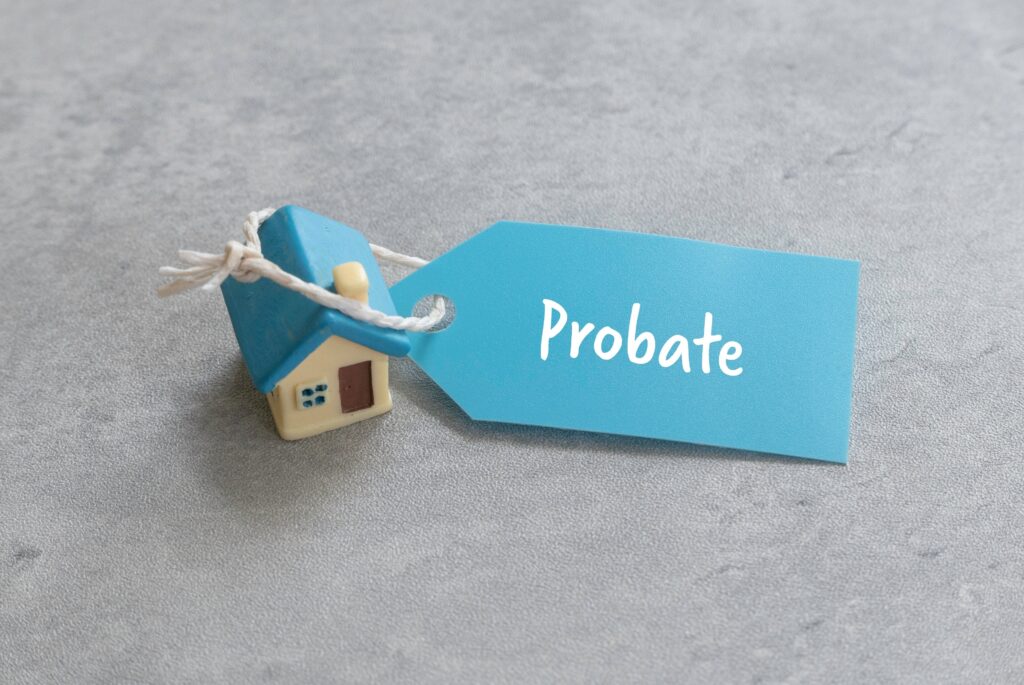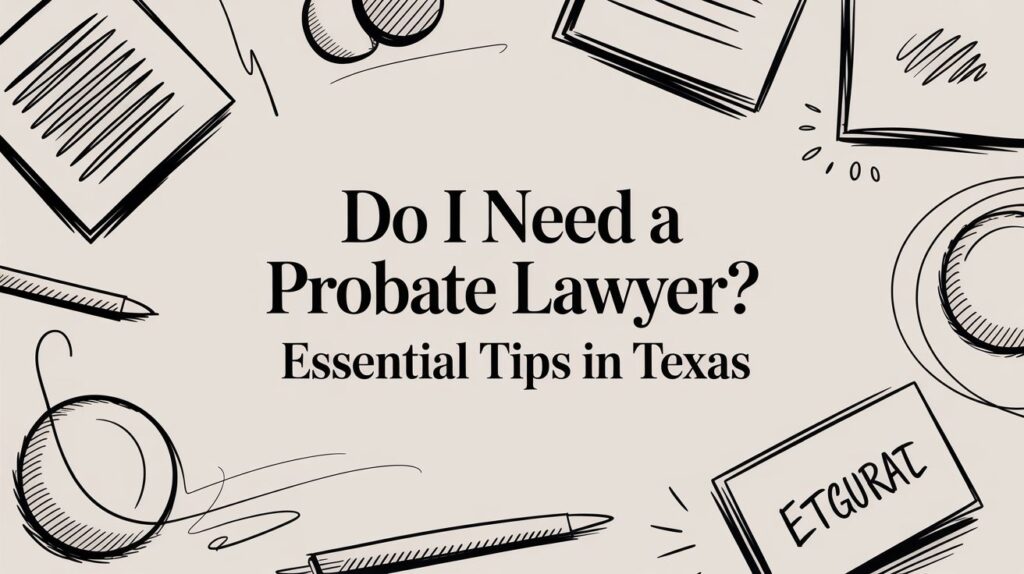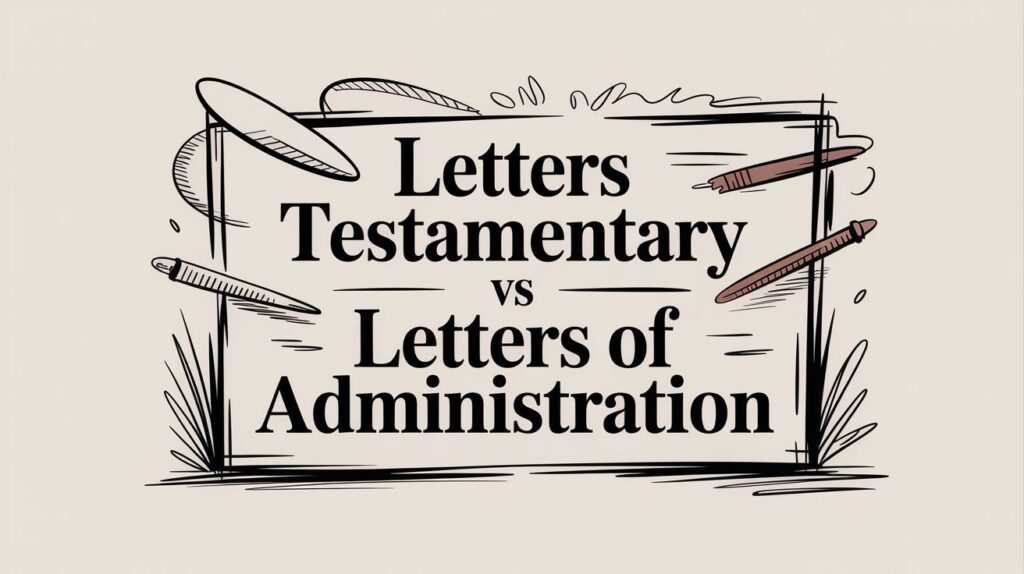When a loved one passes away, their real estate is often one of the most valuable and complex assets to manage in probate. This complexity grows when the property is left to multiple heirs. In Texas, transferring real estate to multiple heirs during probate requires a clear understanding of the state’s probate laws, the estate’s dynamics, and how to resolve potential disputes. This guide will walk you through the step-by-step process, from understanding probate procedures to managing co-ownership and ensuring the smooth transfer of real estate to multiple heirs.
Understanding Probate in Texas
What is Probate?
Probate is the legal process of administering a deceased person’s estate. It includes validating the will (if there is one), paying debts and taxes, and distributing the remaining assets to the heirs or beneficiaries. In Texas, the probate process can be relatively straightforward or complex, depending on the nature of the assets, debts, and conflicts among heirs.
Types of Probate in Texas
- Independent Administration: This is the preferred method of probate in Texas. It allows the executor or administrator to handle the estate with minimal court supervision, making the process faster and more cost-effective. Most wills in Texas include language that allows for independent administration.
- Dependent Administration: This more court-supervised process is used when the will does not provide for independent administration or if disputes arise. Every action, from selling property to paying debts, requires court approval, which can lengthen the probate process.
- Muniment of Title: If the only asset is real estate and there are no debts, Texas allows for a streamlined probate process called “Muniment of Title.” This method is used to transfer real estate without a full probate.

Real Estate in Texas Probate: The Legal Framework
In Texas, real estate is subject to the state’s probate laws if the deceased owned the property solely in their name, and it does not pass outside of probate through a living trust, joint tenancy with rights of survivorship, or another non-probate transfer method. When real estate is passed down to multiple heirs, the property is generally treated as “tenancy in common.” Each heir owns an undivided share of the property, regardless of the size of their interest. This structure brings both opportunities and challenges, especially when it comes to managing or selling the property.
Step-by-Step Guide: Texas Real Estate Transfers for Multiple HeirsStep-by-Step Guide to Handling Real Estate Transfers to Multiple Heirs in Texas Probate
Step 1: Validating the Will (or Establishing Heirship)
The first step in handling real estate transfers is determining who the heirs are. If the deceased left a will, it will typically name the heirs who will inherit the real estate. The will must be filed in probate court and validated by the judge.
If there is no will, Texas intestate succession laws will determine who the heirs are. Typically, the spouse, children, or closest relatives inherit, and the court will establish heirship through a formal process.
Step 2: Appointing an Executor or Administrator
Once the will is validated (or heirship is established), the court appoints an executor (if named in the will) or an administrator (if no will exists or the named executor is unable to serve). This individual is responsible for managing the estate during probate, including handling real estate transfers.
Step 3: Inventorying the Estate

The executor or administrator must create a detailed inventory of the deceased’s assets, including real estate, personal property, and financial assets. The real estate must be appraised to determine its value at the time of the deceased’s death. This valuation is crucial, as it helps determine the size of each heir’s share.
Step 4: Notifying Heirs and Creditors
In Texas, the executor or administrator is legally required to notify heirs and creditors of the estate’s probate. Creditors are given a certain period to make claims against the estate. If the estate has outstanding debts, they must be paid before the real estate can be distributed to the heirs.
Step 5: Resolving Debts and Taxes
Before any real estate transfers occur, the estate’s debts, taxes, and other obligations must be resolved. This includes paying off any mortgages, property taxes, and other liens attached to the real estate. If the estate does not have enough liquid assets to cover these expenses, the real estate may need to be sold.
Step 6: Managing Co-Ownership of Real Estate
When real estate is left to multiple heirs, they generally inherit the property as co-owners. Co-ownership, or tenancy in common, means each heir owns an undivided interest in the entire property. This arrangement can work smoothly, but it also has the potential for conflict, especially if the heirs have different ideas about what to do with the property.
The following options are available to co-owners:
- Agreeing to Keep the Property: If the heirs wish to retain ownership, they can jointly manage the property. This could involve renting it out, living in it, or using it as a family vacation home. They will need to agree on how to share the costs and responsibilities of property ownership, including taxes, insurance, and maintenance.
- Selling the Property: If the heirs prefer to sell the property and divide the proceeds, they must reach a consensus on this decision. The executor or administrator can facilitate the sale, and the proceeds will be distributed according to each heir’s share.
- One Heir Buys Out the Others: If one or more heirs want to keep the property while others wish to sell, they can negotiate a buyout. The heir who wishes to keep the property will pay the others for their share, effectively consolidating ownership.
Step 7: Partitioning the Property
If the heirs cannot agree on what to do with the property, Texas law provides for a process known as “partition.” Partition can be voluntary, where the heirs agree to physically divide the property, or judicial, where the court orders a sale of the property and divides the proceeds among the heirs.
In some cases, the property can be physically divided into individual parcels. This allows each heir to take sole ownership of a portion. However, this is more common in rural areas with large tracts of land. As such, it may not be feasible for urban or suburban properties.
Step 8: Finalizing the Transfer
Once the heirs have decided what to do with the property, the next step is to finalize the transfer. If the property is being sold, the executor will oversee the sale and distribute the proceeds according to each heir’s share. If the property is being transferred to the heirs as co-owners, a deed will be prepared and filed with the county recorder’s office, officially transferring ownership.
In Texas, real estate transfers must be documented through a deed, typically a “distribution deed” or “executor’s deed.” This document formalizes the transfer of ownership from the estate to the heirs.
Step 9: Filing the Deed and Closing Probate
Once the property has been transferred, the deed must be filed with the county where the property is located. This step ensures that the transfer is legally recognized and recorded. With the real estate and other assets distributed, the executor can close the probate case by filing a final report.
Challenges and Solutions in Handling Real Estate Transfers to Multiple Heirs
Disagreements Among Heirs
Disputes among heirs are one of the most common challenges in handling real estate transfers. These disagreements can range from whether to sell the property to how much each heir’s share should be. Open communication, mediation, or involving an attorney, can help resolve conflicts before they escalate into costly legal battles.

Property Expenses and Maintenance
Co-ownership comes with ongoing expenses such as property taxes, insurance, and maintenance costs. If one or more heirs are unable or unwilling to contribute, it can lead to tension and financial strain. A clear agreement on how to share these costs is essential for managing co-owned property.
Buyout Disputes
Determining a fair buyout price can be challenging if one heir wants to keep the property and buy out the others. Hiring a professional appraiser to assess the property’s current market value can help ensure a fair and equitable transaction.
Out-of-State Heirs
Managing the property can become more complicated if one or more heirs live out of state. Out-of-state heirs may not be able to contribute to the property’s upkeep. In these cases, involving a property manager or real estate agent can help facilitate the process.
Final Thoughts: A Path to Resolution
Transferring real estate to multiple heirs during Texas probate can be a complex process. However, with careful planning, open communication, and a clear understanding of probate law, it is possible to successfully navigate these challenges. Whatever the heirs decide, the key is to ensure that all parties are treated fairly and that the decedent’s wishes are honored. By following the steps outlined in this guide, executors and heirs alike can work together to achieve a successful resolution.








